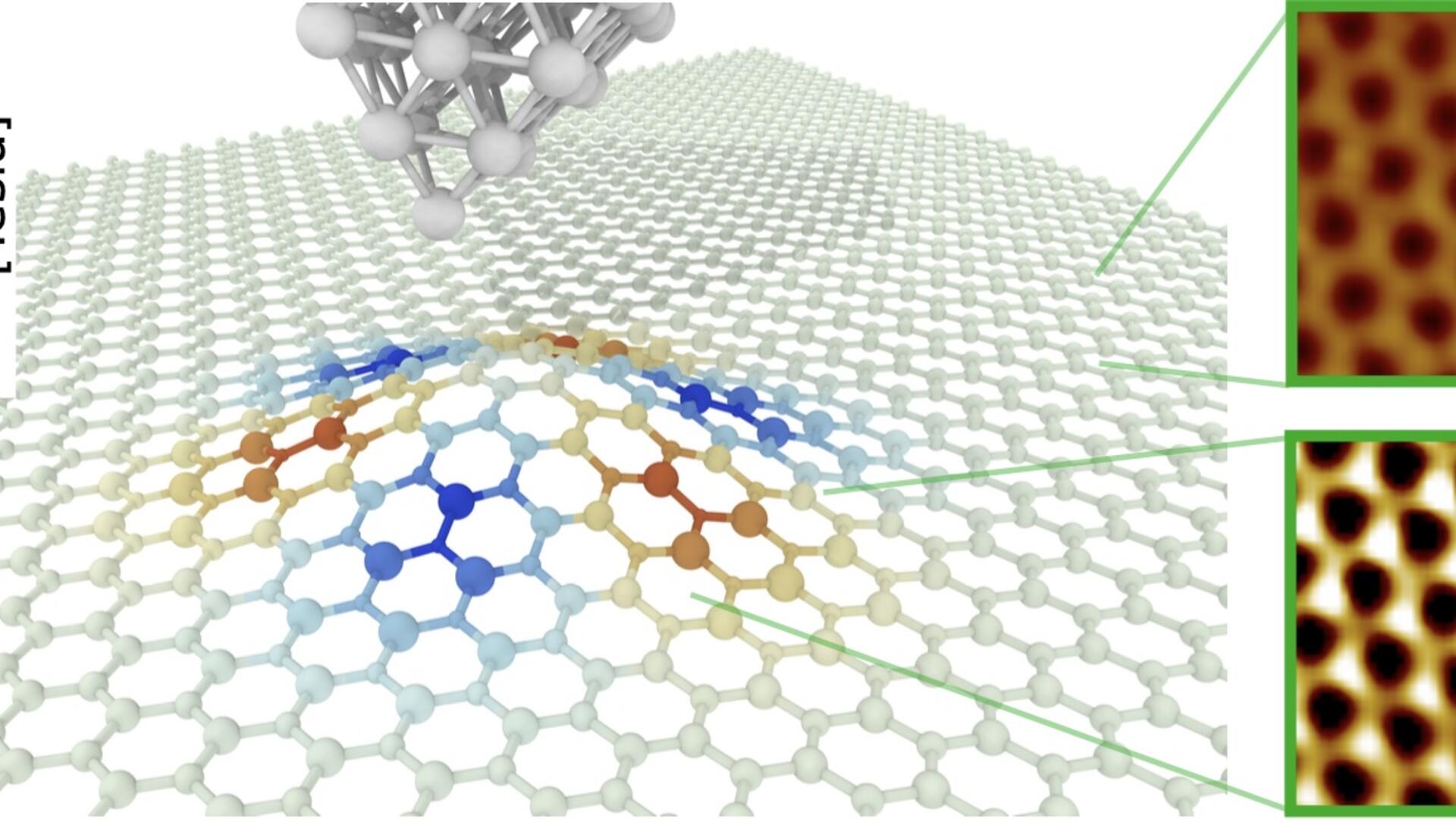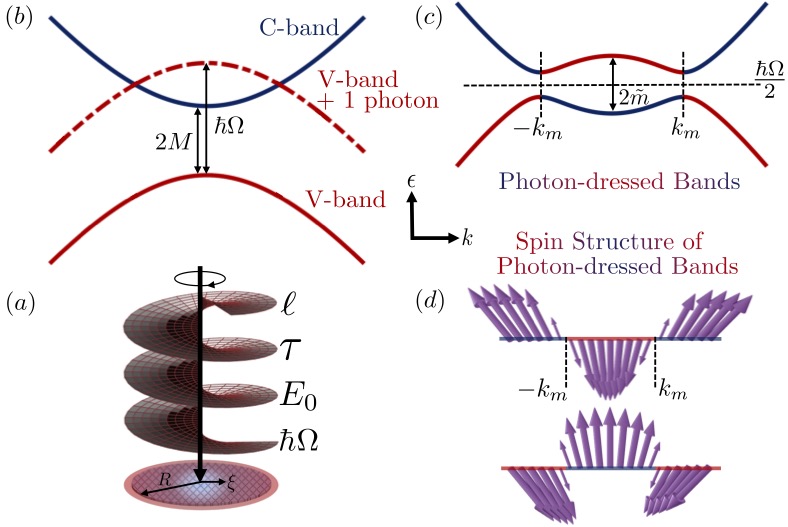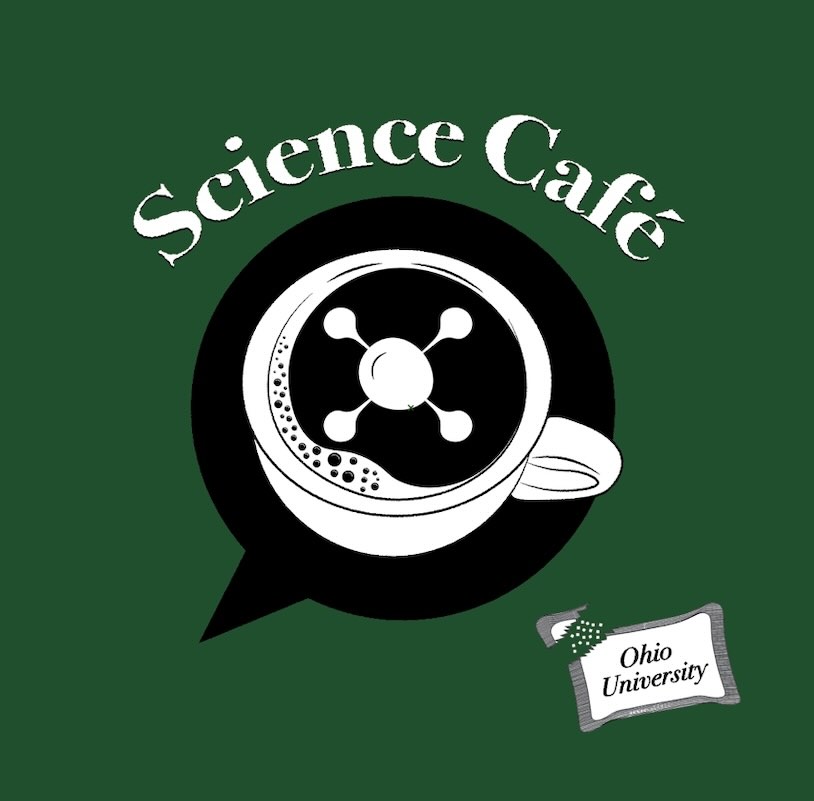Featured Research Areas
Effect of combined mechanical deformations and magnetism on electronic properties of two-dimensional systems: Because strain and magnetism can represent different roles played by gauge fields on matter, the study of strained, non-interacting, and interacting systems can shed light on new regimes for gauge field-matter interactions.
Time-dependent phenomena: characterization of driven and quenched dynamics in interacting and non-interacting electronic systems: With the development of twisted-light sources—light with orbital angular momentum—it is possible to study a particular type of light-matter interaction. The long-term goal is to understand better dynamical phenomena where traditional equilibrium concepts cease to apply.
Spin Qubits in microwave cavities: Scaling of spin qubits represents one of the most critical challenges in developing quantum computer architectures. Spins in Silicon, the most accessible material for integration with current platforms, are good candidates to solve the 'scaling problem.' Their control and manipulation are achieved via photonic cavities, which require strategies to strengthen the electron-photon coupling. The main objective of these studies is to investigate the optimal conditions for qubit stability and operations.
Strained graphene

Deformations of a graphene membrane induce charge redistributions that affect the material electronic properties. A light beam with circularly polarized light, reveals the underlying topological properties.
Twisted Light
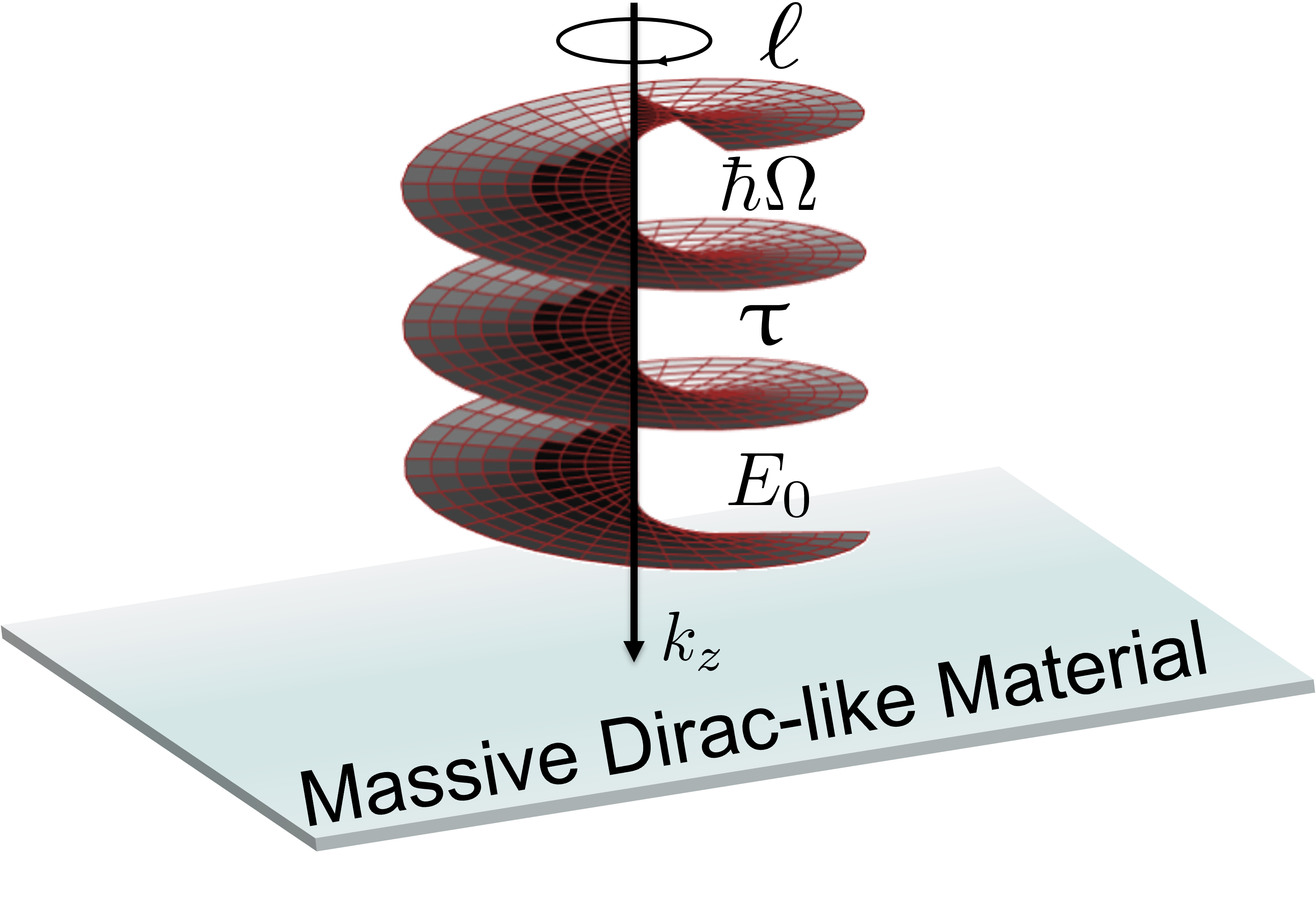
Light-carrying orbital angular momentum can create novel electronic states. When irradiated on a Dirac-like material, vortex cores can bind states with Caroli-de Gennes spectra.
Spin Qubits in Coupled Cavities

Electron spins in Si are one of the most promising platforms for addressing the problem of qubit scaling to large architectures. Novel geometries that involve coupled cavities with few qubits inside may help solve some of the issues in current setups.
News About Our Research
Nanoscale and Quantum Phenomena Institute - NQPI
Check the colloquia schedule and other news from the NQPI
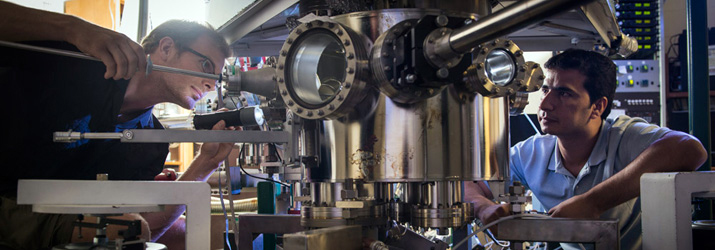
Funding
We are grateful for the support received over the years from these institutions.

NANOSCALE AND QUANTUM PHENOMENA INSTITUTE




